There has been a lot of discussion in the IBD community over the past few weeks regarding the CCFA’s new ad campaign, Escape the Stall. I’ve read posts of outrage, shame, confusion, support and unsurity. I have thought long and hard about the campaign and my opinion of it. I definitely see both sides of the argument.
The basic disagreement with the advertisements is the fact that they focus solely on having to go to the bathroom. Many feel that this belittles the disease to simply a stomach ache and doesn’t show the many other symptoms that IBD patients deal with every day. Those of us with Crohn’s disease and ulcerative colitis have long fought against the “but you don’t look sick” stigma and the assumption that we’re making a big deal out of nothing.
Yes, this ad focuses on one symptom. But that one symptom is a very big part of having IBD. There are dozens of other issues that can come along with having a digestive disease, but if you are going to pick one that encompasses the greatest number of people, frequent and urgent bowel movements would be it.
I, of all people, understand how much more is involved with having Crohn’s disease. I definitely have dealt with the frequent and urgent need to use the bathroom. I had days where I spent more time in the bathroom than anywhere else. I have looked in the toilet and seen nothing but blood in there. I have lost so much weight that I would pass out if I stood up too fast, nearly falling down the stairs once. I have had extreme stomach cramps where I wished I could claw my intestines out of my body because I honestly thought it would feel better. I have had blood, iron and potent medicine infusions/transfusions. I have been poked with a needle more times than I can count, up to six times at once trying to get a good stick. I’ve been so exhausted that I couldn’t take part in many things I have wanted to do. I have had joint inflammation so bad that I couldn’t get out of bed and my ankles swelled up to the size of a grapefruit. I have had iritis that caused pain in my eye and blurred vision. Hell, I have had surgery to have my colon removed, and none of those things are present in the CCFA ads.
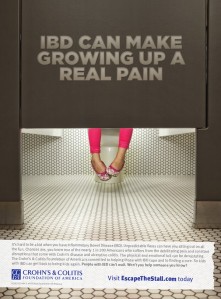 BUT, I don’t believe this is the point of these ads. As a communications girl, I get what they were trying to accomplish here. They are hoping to start a dialogue. It shows that IBD doesn’t care who you are. The idea is to have people see these ads and realize that they are probably not very distant from someone who is affected.
BUT, I don’t believe this is the point of these ads. As a communications girl, I get what they were trying to accomplish here. They are hoping to start a dialogue. It shows that IBD doesn’t care who you are. The idea is to have people see these ads and realize that they are probably not very distant from someone who is affected.
Also, spreading awareness for debilitating diseases is not an easy task. It is human nature to not want to deal with unpleasant things. If they put an ad out there showing a bloody toilet bowl, people are apt to turn away and not even read what it’s about. Look at so many cancer and diabetes awareness campaigns. They don’t show people slowly dying in a hospital bed (for the most part); they show the faces of men, women and children who are affected by these diseases. They show that these diseases can affect anyone: you or someone you know. There is a place for “shock value” but we’re not there yet. Yes, the ads are a little lighthearted for such a serious disease, but we have to start somewhere. I think the CCFA is making a step in the right direction.

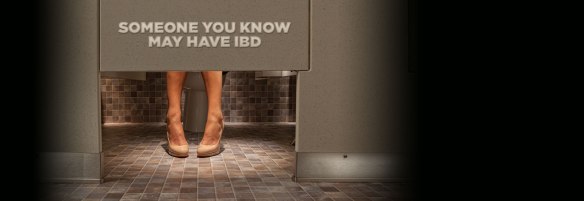
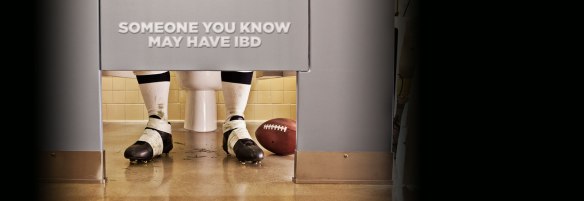

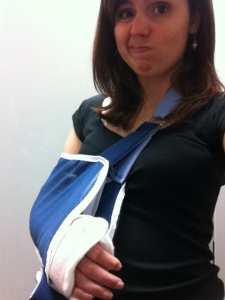
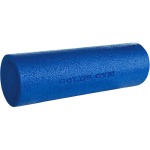
 intestine (the ileum) and the large intestine (the colon). Symptoms include diarrhea and cramping or pain in the right lower part or middle of the abdomen. This type is often accompanied by significant weight loss.
intestine (the ileum) and the large intestine (the colon). Symptoms include diarrhea and cramping or pain in the right lower part or middle of the abdomen. This type is often accompanied by significant weight loss.